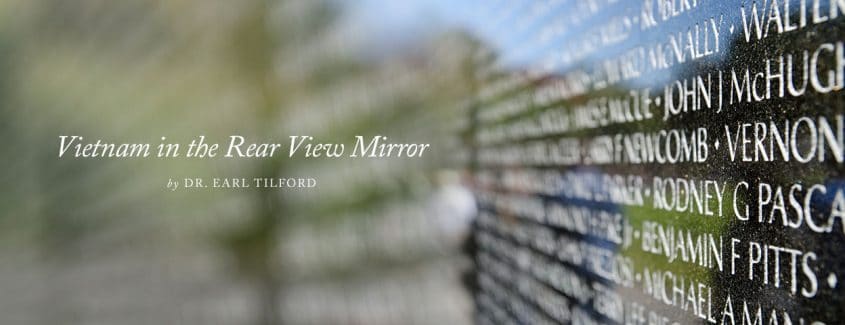
There were 2,709,918 Americans who served in the Vietnam War. Of that number approximately 850,000 are alive. The youngest is 54. Because there were senior officers and non-commissioned officers in Vietnam who fought in World War II, the oldest are past the century mark. Forty-two years ago the last American serviceman, probably a U.S. Marine, died fighting the Khmer Rouge at Koh Tang Island on May 15, 1975. I served my tour in the relative comfort of Udorn Royal Thai Air Base, Thailand in 1970 and 1971. I turned 25 before going over. I am now 70. My first wife, who served with me, died of cancer at the age of 35. Some claimed the cancer was Agent Orange related. Who knows? Her war ended in 1981. Vietnam is in my rear view mirror.
On May 23, President Barack Obama ended Washington’s half-century old arms embargo against the Socialist Republic of Vietnam. Vietnam will spend $5 billion on weapons this year. Russia, Britain and the European Union will profit. So should the United States and for good reasons beyond monetary gain.
One of the geo-strategic reasons more than 58,000 Americans died in the war was to stop perceived Chinese expansion southward. Cold War thinking was that if South Vietnam fell to communists, the rest of Southeast Asia would fall as well. That happened in Cambodia and Laos less than six months after Saigon fell on April 29, 1975. There were, even then, good reasons to fear Chinese expansion. A Chinese general told me he was one of 140,000 People’s Liberation Army volunteers in North Vietnam in 1972. He was an anti-aircraft artillery gunner. The Chinese army also was building a road through northern Laos toward Thailand. The China Road, as it was dubbed, bristled with anti-aircraft guns. An Air Force RF-4C Phantom reconnaissance aircraft was so badly shot up on April 10, 1970 that it crashed while attempting to land at Udorn. Both crewmen successfully ejected, the plane careened through two officers’ hooches and engulfed a trailer housing the radio station. The screams of nine airmen inside were heard across the base before the transmissions—and the men—died.
Fifteen years earlier, West Germany rearmed. Men who fought for Nazis trained to fight the Soviet Union alongside American and European former enemies. De-Nazification was far more extensive in Soviet-occupied East Germany than it was in West Germany. I have a photograph in my 1969 University of Alabama yearbook praising the director of the National Aeronautics and Space Administration, former SS Colonel Werner von Braun, for cooperative programs with the university.
China. It’s no longer about ideology. It is about geo-strategic positioning. While Vietnam and China are socialist countries and both are hostile to religion in general and Christianity specifically, a self-declared socialist is among the top three contenders for our nation’s highest office. Furthermore, American Christianity in 2016 differs significantly from that of 1955 when Washington relieved Paris of its “Mission Civilisatrice” in Southeast Asia.
China is expanding its influence to the south as it reaches for regional hegemony with future global geo-political aspirations. Vietnam’s history with China is far less sanguine than its experience with Europeans and Americans. That’s why the time has come to put Vietnam in our rear view mirror.
All questions about service men missing in action (MIA) are not going to be answered. There still are many more MIA from World War II than there are from the Vietnam War, and some of them were murdered by the forefathers of our friends in Japan and our allies in Germany and Eastern Europe. Many missing from the Vietnam War were airmen shot down over Laos and North Vietnam. Statistically, only one out of six American aircrew members who went down over North Vietnam was recovered in the immediate aftermath. Most were killed but also carried as “missing in action,” a term that applied without confirmation to someone who ejected and survived. In part, declaring a downed aviator missing was to protect surviving family members who continued to receive pay and benefits until their loved one was declared “killed in action.” It also offered hope, some of it false. Worse, the politically unscrupulous who waved a modern version of the “bloody shirt” occasionally exploited it for their own gain. Finally, there are far more Vietnamese missing from the war than there are Americans.
There will be other wars. Now, and for the immediate future, a new geo-strategic reality confronts United States. Vietnam is part of that reality. The vital question today, as it was over half a century ago, remains: What is in the best national security interest of the United States? As always, politics flaws the process, but getting the right answer is a matter of life and death, as it always has been and forever will be.



